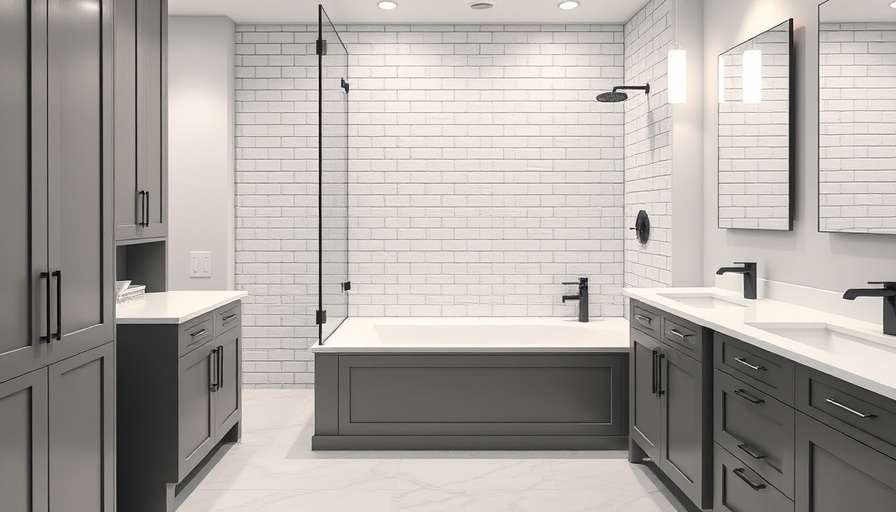
Understanding Ghosting: Unraveling the Mystery of Black Stains
Many homeowners are puzzled when they notice black streaks or spots forming on their walls and ceilings. Often mistaken for mold, these stains are a phenomenon known as 'ghosting' or thermal bridging. This occurrence is largely linked to condensation, which can be exacerbated by poor insulation, high humidity, and the accumulation of indoor particles from everyday activities like cooking, cleaning, or burning candles.
Ghosting marks the traces of condensation on drywall, often aligning with the framing of the house, making it look like shadows are following the structural layout. While it may appear alarming to the untrained eye, experts assure that these marks are generally non-hazardous, posing no significant health or structural risks. However, the aesthetic nuisance can drive homeowners to seek solutions to restore their living spaces.
Taking Steps to Eliminate Ghosting
The path to resolving ghosting begins with improving the air quality inside your home. Experts suggest limiting the use of products that release particulates like candles and incense. Instead, focus on cleaning surfaces thoroughly and enhancing airflow and temperature control. For example, proper attic insulation can play a crucial role, ensuring that hot air doesn’t escape through areas that shouldn’t be cooled down. Additionally, using air circulation tools like humidistats combined with bathroom fans can help manage moisture levels effectively, significantly reducing the chances of ghosting occurring.
When to Worry: Is It Mold?
Though ghosting is not inherently harmful, homeowners should be aware that incorrect assumptions about the black stains could lead to inaction against actual mold. Mold usually requires a damp environment to proliferate and can pose health risks, especially for individuals with respiratory issues. To differentiate between ghosting and mold, homeowners should consider the texture and location of the stains. Mold typically has a fuzzy or slimy texture, whereas ghosting stains are flat and ashen. If there’s any doubt, having a professional inspection could save time and money in the long run.
The Importance of Proper Insulation and Ventilation
To prevent ghosting and to maintain a healthier indoor climate, good insulation and ventilation are key. Insulation not only keeps homes thermally efficient but also curbs the buildup of damp air that contributes to condensation. Integrated ventilation systems help to circulate fresh air throughout the home, reducing the chance of moisture stagnation in areas prone to high humidity levels, such as kitchens and bathrooms.
Regular inspections of insulation and vents can help keep dwelling spaces free from moisture and the problems it breeds. If your property consistently struggles with moisture-related issues, it may be time to consult with a contractor who specializes in residential indoor air quality.
Long-term Strategies: Maintenance is Key
Long-term solutions extend beyond reactive measures and require a proactive approach. Regular maintenance checks on HVAC systems, ensuring that all exhaust fans function efficiently, and possibly investing in better-quality air filters can complement ghosting prevention efforts. Homeowners, especially those dealing with properties for sale or rental, should prioritize these strategies, which can enhance the overall value and appeal of their homes.
Final Thoughts: The Value of Awareness
Understanding ghosting and its underlying causes arms homeowners with the knowledge to address this issue effectively. Whether you're a tenant or a property owner, recognizing the signs of ghosting can prevent further complications, such as mold growth, and increase your home’s comfort. A well-maintained property, free from nuisances like ghosting, translates not only to aesthetic satisfaction but also to better living conditions.
As markets evolve, the importance of maintaining properties goes beyond aesthetics; it could significantly affect property values in listings across platforms like Zillow and Trulia. So, while ghosting may just be a cosmetic issue, taking steps to resolve it reflects a commitment to the overall health of your living space – and that’s invaluable in today’s real estate market.
 Add Row
Add Row  Add
Add 



Write A Comment